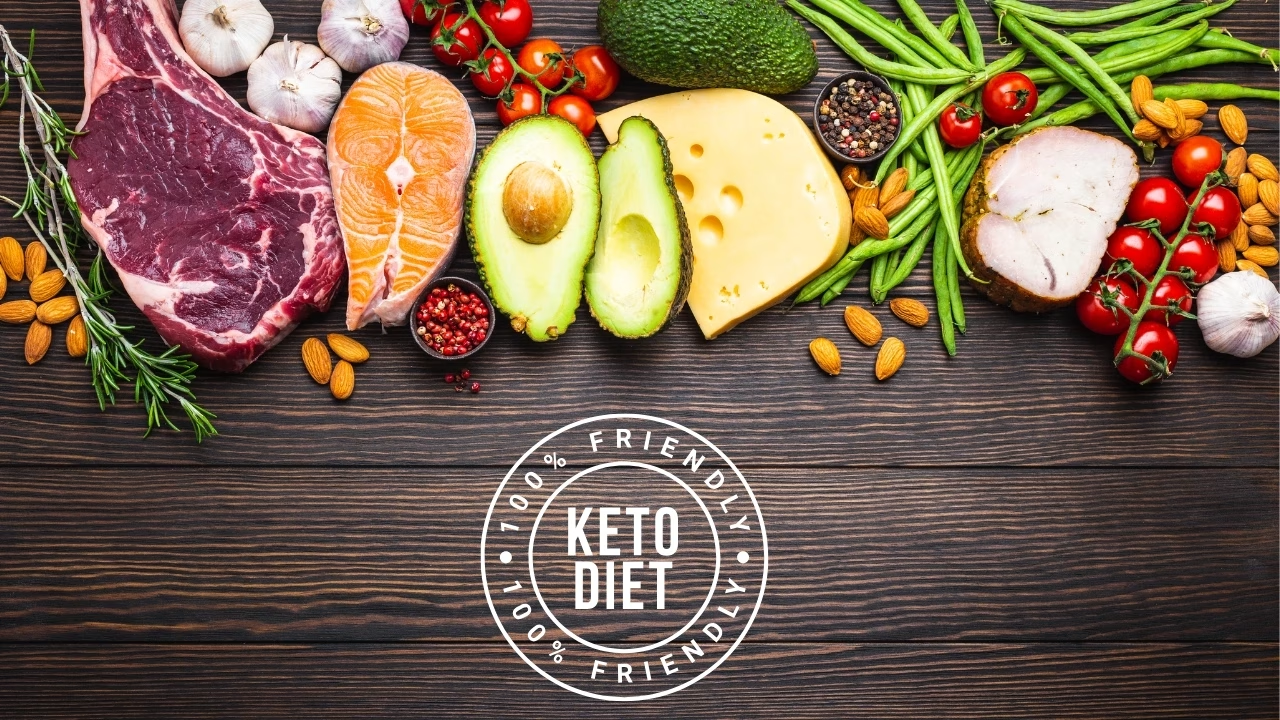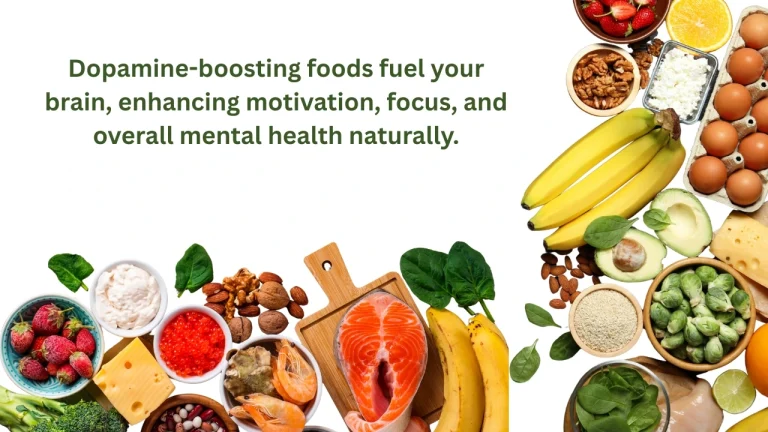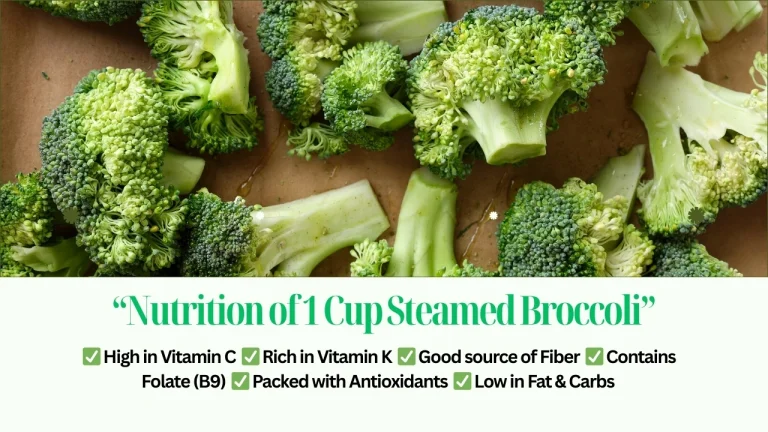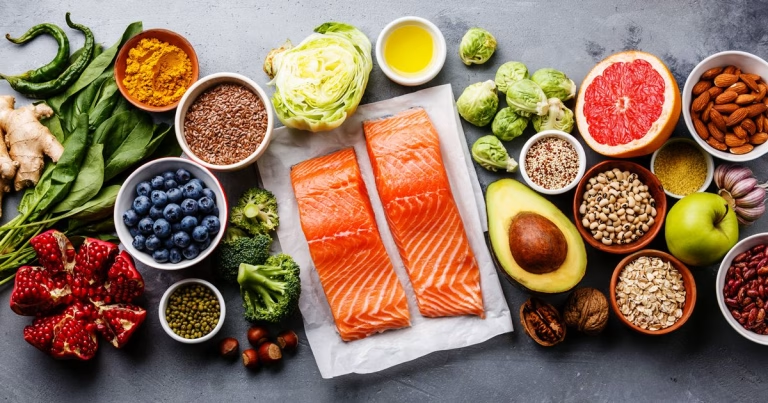The Keto Diet Food Pyramid: A Comprehensive Guide to Proper Nutrition
Have you ever felt overburdened while attempting to determine what foods are appropriate and inappropriate for a ketogenic diet? You’re not by yourself! It’s simple to become confused by the countless food lists, carb counts, and dietary regulations. Fortunately, knowing the food pyramid for the keto diet can make your journey easier and position you for success!
We’ll go over what a keto diet food pyramid is, what you should eat, and what you might want to avoid in this approachable, simple-to-follow guide. You’ll be able to successfully manage your keto lifestyle with the help of examples, professional insights, and helpful advice.
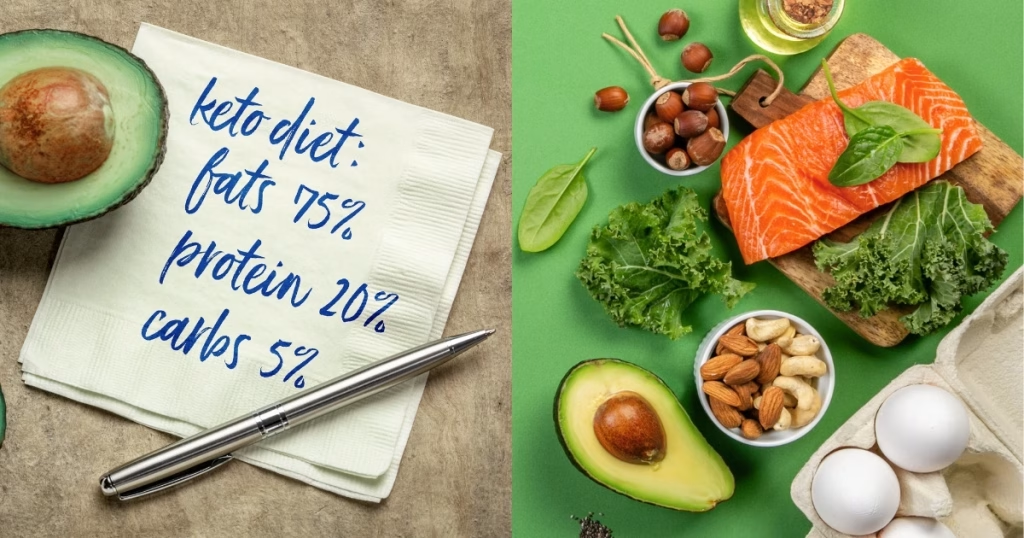
The Keto Diet: What Is It?
The goal of the high-fat, moderate-protein, and extremely low-carb ketogenic diet, also known as the “keto diet,” is to assist your body in reaching a state of ketosis. Your body effectively burns fat for energy instead of carbs when you’re in ketosis, which has advantages like weight loss, increased energy, and improved clear thinking.
Healthy Fats as the Foundation Layer
The foundation of keto is fat. You should consume between 70 and 75 percent of your calories from healthy fats.
Top Sources of Healthful Fat:
- Avocados
- Olive oil
- Coconut oil
- Ghee and butter
- Fish high in fat, such as sardines, mackerel, and salmon
- Seeds and nuts (chia seeds, walnuts, and almonds)
For instance, the ideal ketogenic dish is an avocado salad topped with walnuts and olive oil.
Moderate Protein in the Middle Layer
Your body needs proteins to build and repair, but too much of them can keep you out of ketosis. Try to get between 20 and 25 percent of your calories from protein.
Top Protein Selections:
- Meats raised on grass (lamb, beef)
- Poultry (turkey, chicken)
- Eggs
- seafood (crab, prawns)
- Cheese (ideally full-fat, natural)
Example: For well-balanced keto macros, grilled salmon with garlic butter and asparagus on the side is perfect.
Top Layer: Vegetables Low in Carbohydrates
Vegetables keep carbohydrates to a minimum (5–10% of your calories) while providing vital fiber and nutrients.
Keto-Friendly Vegetables:
- Leafy greens, such as kale and spinach
- Cruciferous vegetables (cauliflower, broccoli)
- The courgette
- Cucumbers
- Celery
For instance, adding creamy Alfredo sauce to cauliflower rice or zucchini noodles (zoodles) keeps your meals interesting while still being keto-friendly.
Minimal Carbs at the Top of the Pyramid
Limit foods high in carbohydrates, such as grains, fruits, and sweets. Steer clear of bananas, apples, and grapes, but occasionally stick to berries.
Items to Steer Clear of on a Keto Diet
Knowing what not to do is just as crucial: Sugars (cakes, candies) – Starches (rice, pasta, and bread) Fruits high in carbohydrates, such as oranges and bananas – Legumes (lentils, beans)
Professional Advice for Using the Keto Food Pyramid
Nutritionists advise: Tracking Macros: Track your daily intake of fats, proteins, and carbohydrates using apps. Quality Is Important: Choose minimally processed, premium fats and proteins. Keep Yourself Hydrated: Consider taking electrolytes and drinking lots of water.
Typical Keto Errors to Avoid
Excessive Protein
Keep in mind that too much protein can cause you to exit ketosis. Take care to balance your macros.
Ignoring Vegetables
Your body loses essential nutrients and fiber when you skip vegetables.
Ignoring Undiscovered Carbs
Sauces, dressings, and processed foods can contain carbohydrates. Always carefully read labels.
FAQs Regarding the Food Pyramid of the Keto Diet
Can I consume dairy while following a ketogenic diet?
Full-fat dairy is acceptable for keto, but avoid sweetened dairy products.
On keto, how many carbohydrates can I eat?
Generally, keep your daily carb intake between 20 and 50 grams.
Is the long-term ketogenic diet safe?
The majority of experts concur that it’s safe for healthy people, but you should always speak with your doctor first.
Example of a Keto Diet Plan
Morning meal
Butter-scrambled eggs with slices of avocado and cheese on top
Lunch
Cucumber, celery, spinach, and mayo in a chicken salad
Supper
Olive oil-cooked steak with sautéed broccoli and mushrooms.
Snacks
Cheese slices, almonds, olives, or protein shakes that are keto-friendly
Why the Food Pyramid in the Keto Diet Is Effective
Making dietary decisions is made easier by adhering to this food pyramid, which guarantees that your body is fueled correctly. It increases your energy, keeps you feeling full, and helps you lose weight steadily without the hassle of calorie counting.
Concluding remarks
Adopting a ketogenic diet isn’t complicated. Comprehending the keto diet food pyramid facilitates meal planning and guarantees delectable satisfaction without compromising your objectives.
Are you prepared to take on keto with assurance? Utilize this guide, enjoy delectable meals, and welcome the health and energy gains that are in store for you. Make keto enjoyable and tasty; it doesn’t have to be difficult!
Cheers to a ketogenic diet!

